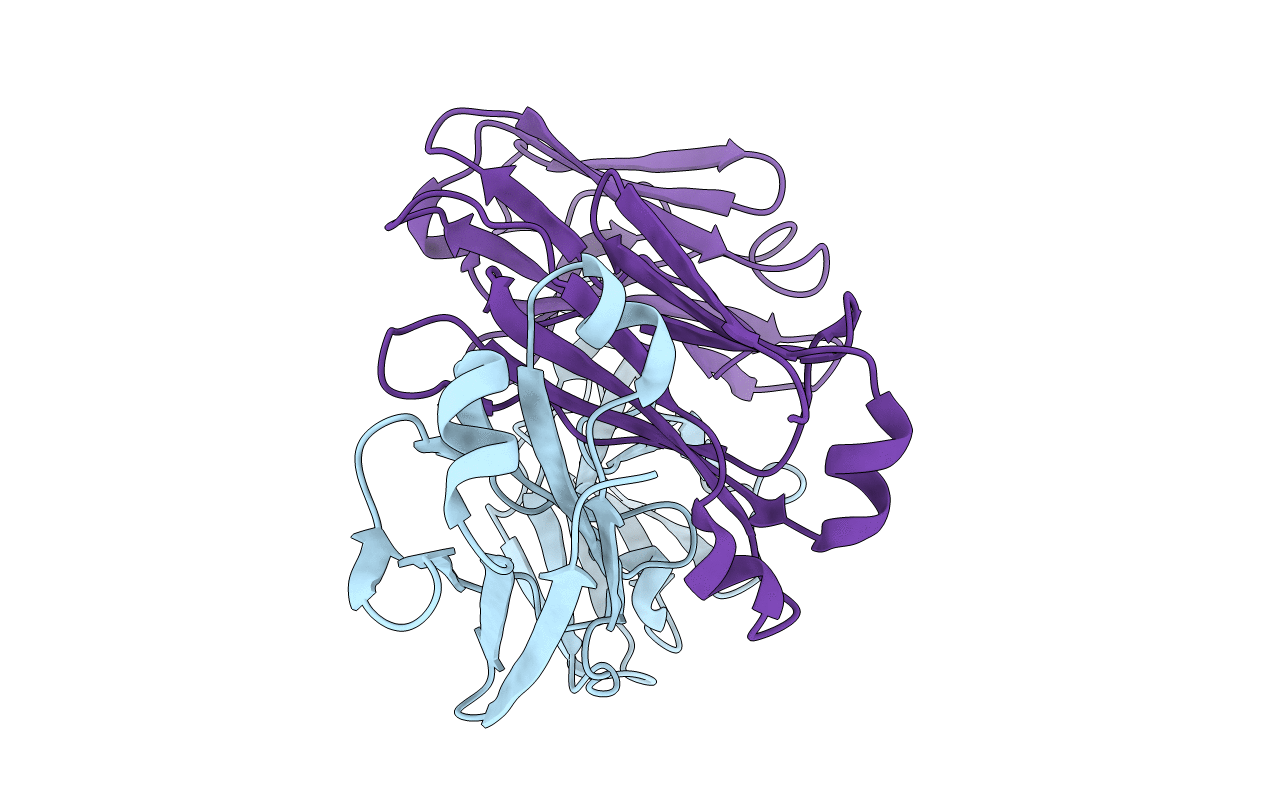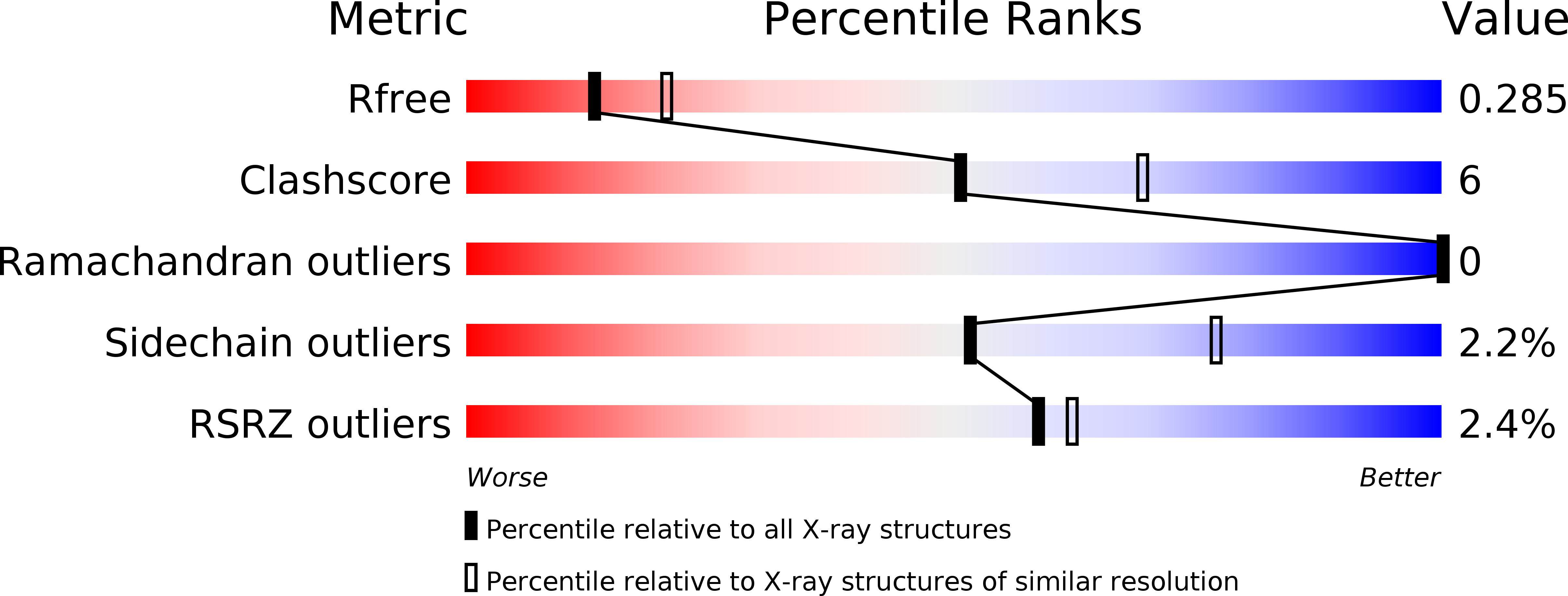
Deposition Date
2016-10-26
Release Date
2017-11-15
Last Version Date
2024-10-23
Entry Detail
PDB ID:
5M76
Keywords:
Title:
Crystal structure of cardiotoxic Bence-Jones light chain dimer H10
Biological Source:
Source Organism:
Homo sapiens (Taxon ID: 9606)
Method Details:
Experimental Method:
Resolution:
2.50 Å
R-Value Free:
0.28
R-Value Work:
0.23
R-Value Observed:
0.24
Space Group:
P 21 21 21


